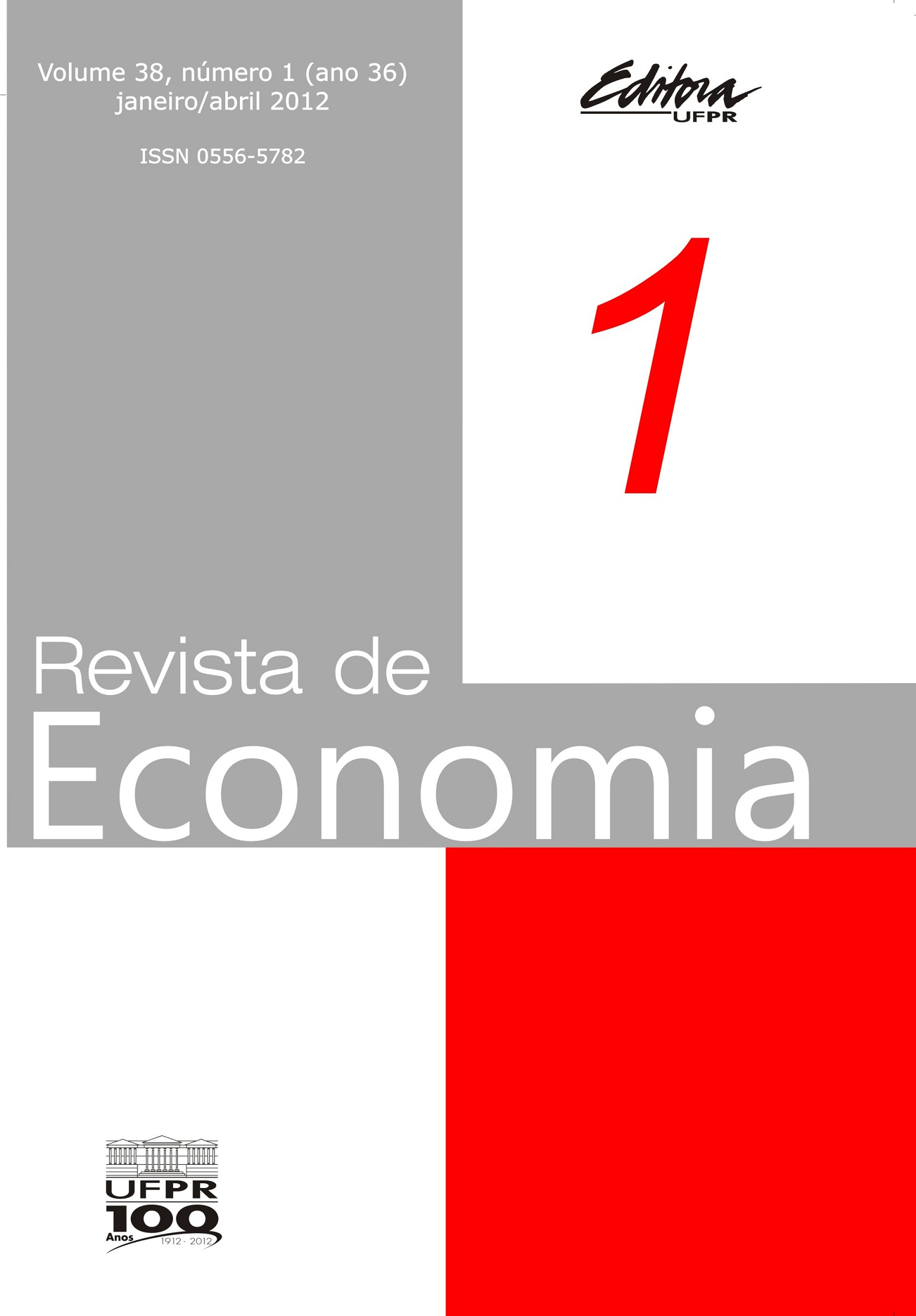Trabalhadores e famílias rurais na Região Metropolitana de São Paulo: diversificação dos rendimentos e características familiares em 2008
DOI:
https://doi.org/10.5380/re.v38i1.28749Keywords:
famílias rurais, desigualdade, Região Metropolitana de São Paulo.Abstract
O rural da Região Metropolitana de São Paulo (RMSP) pode ser considerado um caso extremo de rural, altamente integrado com o espaço urbano. O principal objetivo deste trabalho é investigar as condições das famílias rurais na RMSP e contrastar os resultados com as famílias rurais residentes em áreas não-metropolitanas do estado de São Paulo em 2008, focalizando em aspectos relacionados à ocupação, renda, pobreza. Complementarmente, os resultados para2008 são contrastados com os de 2004. A base de dados é fornecida pela Pesquisa Nacional por Amostra de Domicílios (PNAD) de 2004 e de 2008. As famílias rurais foram classificadas em agrícolas, não-agrícolas e pluriativas e segundo dois cortes geográficos (RMSP e demais áreas rurais do estado de São Paulo). Os resultados indicam que o rural metropolitano é eminentemente não-agrícola, constituído porfamílias ocupadas em atividades não-agrícolas, caracterizadas pela maior presença de jovens, maior escolaridade, empregos formais e acesso a itens como água encanada. No entanto, essas famílias estão em piores condições quanto à renda e pobreza comparativamente às famílias rurais não metropolitanas. A proporção pequena de ocupados na agricultura sugere que a proximidade com a metrópole, apesar de oferecer algumas vantagens para as famílias rurais não representa uma integração rural-urbana, uma vez que a ruralidade da família em torno da ocupação agrícola e da agricultura familiar está muito distante desse grupo.Rural workers and families in the Metropolitan area of São Paulo: earnings diversification and families´characteristics in 2008
Abstract: The rural area of the Metropolitan Region of Sao Paulo city (RMSP) may be considered a singular situation of rural area, highly integrated to the urban center. In this context, the main purpose of this article is to investigatethe socioeconomic conditions of the rural families. Aiming to this objective a comparison was undertaken between rural families living in the metropolitan area (RMSP) and those living in other rural areas of the state, with special attentionto occupation, income and poverty. Data base comes from the 2004 and 2008 National Household Sample Survey (PNAD) from IBGE (Brazilian Geography and Statistics Institute), considering two samples of the rural families: type of family(agricultural, non-agricultural and pluriactive); and region (the metropolitan rural area RMSP and the other rural areas of the state of São Paulo). The results suggest that most families in the metropolitan rural area have their membersoccupied in non-agricultural activities. In general, these families are characterized by a stronger presence of youngsters, higher educational level, greater proportionof formal jobs and access to basic public services as piped water. Nevertheless, with respect to income and poverty, these families present worse conditions, when compared to the non-metropolitan rural families. The small proportion of workers engaged in agricultural activities suggests that the proximity with the metropolis does not contribute to a rural-urban integration, given that the rurality of the family, expressed by the agricultural occupation and the family farming, is not a peculiarity of this group.
Key-words: rural families; Metropolitan area of Sao Paulo city.
JEL: J08; J29.
Downloads
How to Cite
Issue
Section
License
By submitting a manuscript to this journal, authors agree with the following terms:
1. Authors retain copyright and grant the journal the right of first publication, with the work simultaneously licensed under the Creative Commons Attribution CC-BY License, which allows for the sharing of the paper while acknowledging authorship and initial publication in this journal.
2. Authors are granted the right to enter into additional and separate contracts aiming at the non-exclusive distribution of the version of the manuscript published in this journal (e.g., reproduction either in institutional repositories or as book chapters), with the acknowledgment of authorship and initial publication in this journal.



